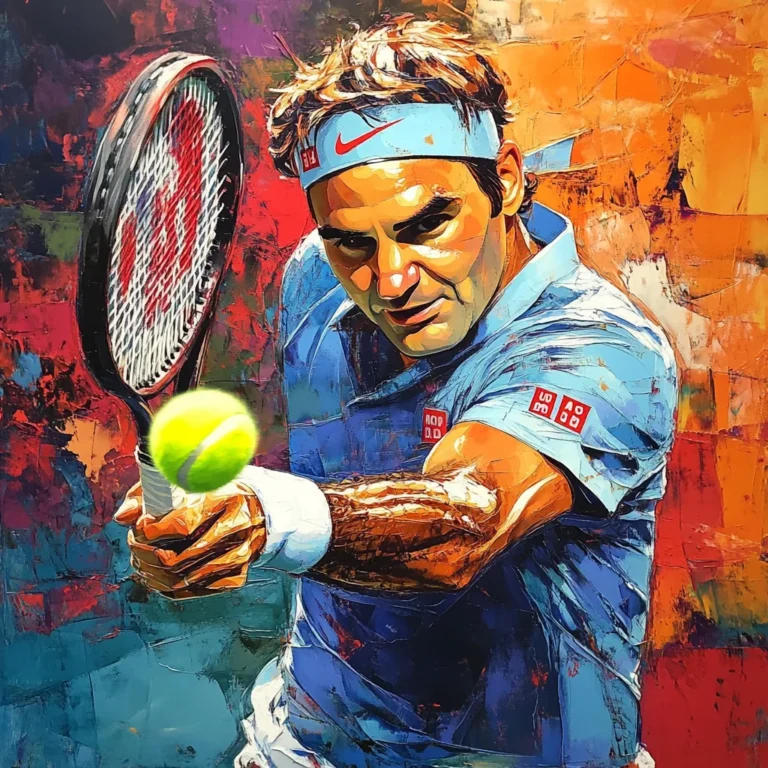The first Formula 1 World Championship race was held on May 13, 1950, at Silverstone in the United Kingdom.
Michael Schumacher and Lewis Hamilton share the record for the most Formula 1 World Championship titles, with seven each.
Formula 1 cars can accelerate from 0 to 60 mph in under 2.5 seconds, making them some of the fastest accelerating vehicles in the world.
The Monaco Grand Prix is one of the most prestigious and challenging races on the F1 calendar, with tight corners and narrow streets testing the drivers' skills.
Ayrton Senna is widely regarded as one of the greatest drivers in F1 history, known for his incredible qualifying performances and his rivalry with Alain Prost.
Teams spend hundreds of millions of dollars each year developing their cars, with a focus on aerodynamics, engine performance, and tire management.
The Singapore Grand Prix was the first-ever night race in Formula 1 history, debuting in 2008 under the lights of the Marina Bay Street Circuit.
The Constructors' Championship, awarded to the team with the most points at the end of the season, is as fiercely contested as the Drivers' Championship.
Ferrari is the most successful team in F1 history, with 16 Constructors' Championships and numerous iconic drivers, including Niki Lauda and Michael Schumacher.
Races are held on a variety of circuits, from traditional race tracks like Monza to street circuits like Baku and hybrid circuits like the Circuit of the Americas.
Pit stops in Formula 1 are incredibly fast, with the quickest stops taking just over two seconds to change all four tires.
The DRS (Drag Reduction System) is a feature in F1 that allows drivers to open a flap on the rear wing of their car, reducing drag and increasing speed for overtaking.
Formula 1 cars can experience lateral forces of up to 5 Gs in corners, meaning drivers endure extreme physical demands during races.
The 2021 Formula 1 season saw one of the most dramatic finales in the sport's history, with Max Verstappen winning his first World Championship in a controversial final lap at the Abu Dhabi Grand Prix.
F1 is a truly global sport, with races held on five continents and millions of fans tuning in from around the world to watch the action.
How useful was this post?
Click on a star to rate it!



